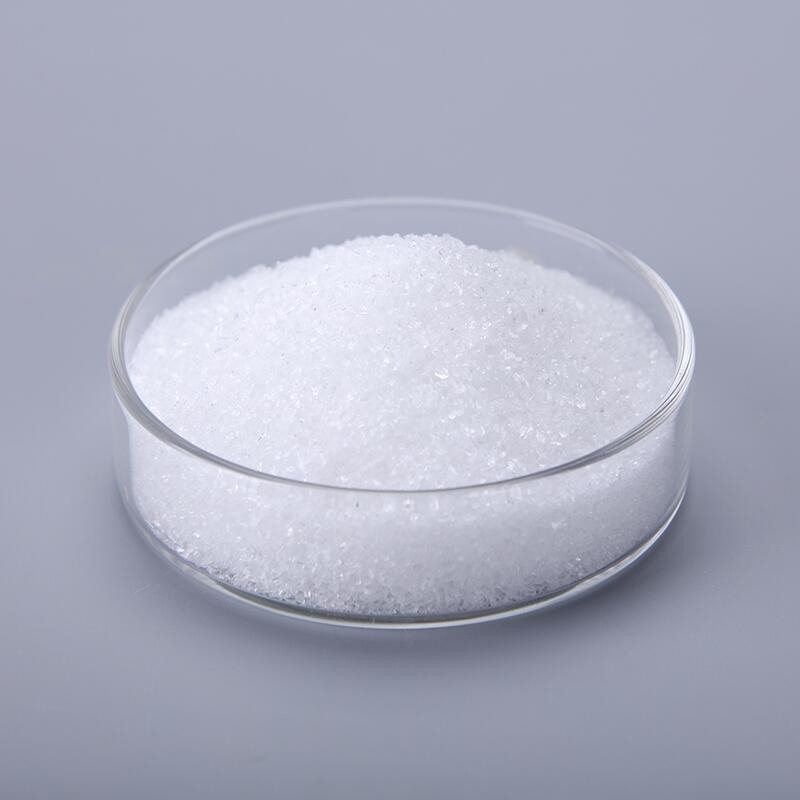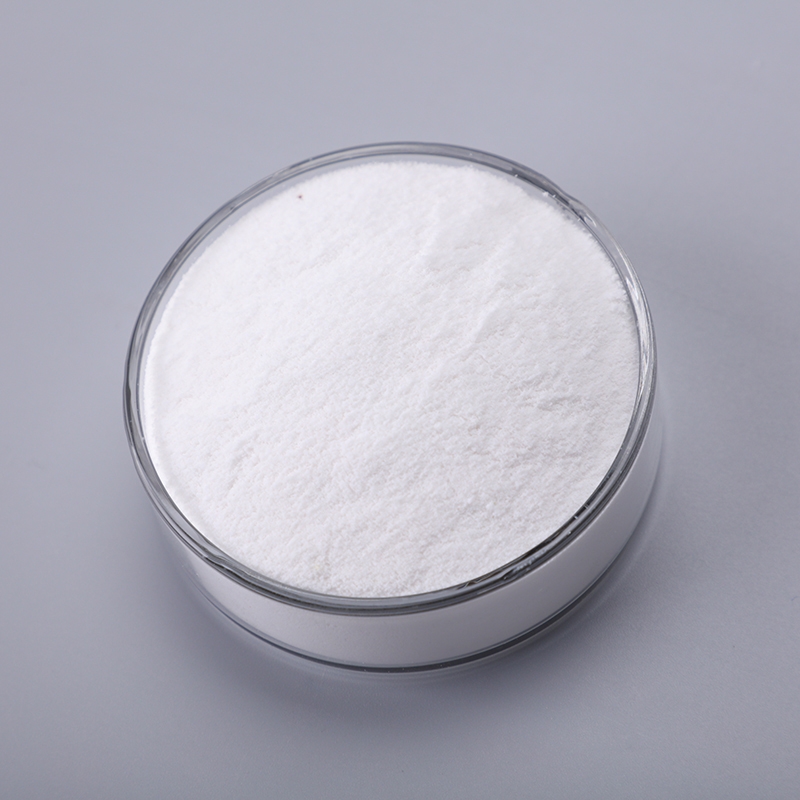-
Categories
-
Pharmaceutical Intermediates
-
Active Pharmaceutical Ingredients
-
Food Additives
- Industrial Coatings
- Agrochemicals
- Dyes and Pigments
- Surfactant
- Flavors and Fragrances
- Chemical Reagents
- Catalyst and Auxiliary
- Natural Products
- Inorganic Chemistry
-
Organic Chemistry
-
Biochemical Engineering
- Analytical Chemistry
-
Cosmetic Ingredient
- Water Treatment Chemical
-
Pharmaceutical Intermediates
Promotion
ECHEMI Mall
Wholesale
Weekly Price
Exhibition
News
-
Trade Service
Butanoic acid, 2-hydroxy-, sodium salt (1:1) is a chemical compound that is widely used in various industries, including the chemical, pharmaceutical, cosmetic, and food industries.
The compound is often referred to as sodium 2-hydroxybutanoate or simply NaOHB.
It is a white crystalline solid that is soluble in water and has a mild odor.
In the chemical industry, NaOHB is used as an intermediate in the production of various downstream products.
The downstream products are the final products that are derived from the chemical compound and are used in various applications.
The downstream products of NaOHB include surfactants, emulsifiers, and cosmetic ingredients, among others.
One of the main downstream products of NaOHB is N-acetyl glucosamine, which is a key intermediate in the synthesis of various chemicals, including chitosan, a biopolymer that has applications in biomedical engineering, pharmaceuticals, and cosmetics.
N-acetyl glucosamine is also used in the production of various surfactants, including nonionic surfactants, cationic surfactants, and amphoteric surfactants.
Another downstream product of NaOHB is 1,2-propanediol, which is used as a solvent, a cosmetic ingredient, and a pharmaceutical excipient.
1,2-propanediol is also used in the production of polyurethanes, which are used in various applications, including the manufacture of foams, adhesives, and coatings.
In addition to these downstream products, NaOHB is also used in the production of other chemicals, including glyceryl tribenzoate, a fatty acid ester that is used as an emollient in cosmetic products, and polyglyceryl-10 oleate, a surfactant that is used in personal care products.
The production of NaOHB involves several steps, including the hydrolysis of butane oxide, the condensation of butanol and hydroxyl acetic acid, and the neutralization of the resulting mixture.
The process involves the use of various chemicals and equipment and requires careful control of temperature, pressure, and other conditions to ensure optimal yield and purity.
The production of NaOHB is carried out by a number of chemical companies around the world, including large multinational corporations and smaller specialty chemical companies.
The market for NaOHB is expected to grow in the coming years, driven by increasing demand for its downstream products in various industries.
In conclusion, NaOHB is a versatile chemical compound that is used as an intermediate in the production of various downstream products in the chemical, pharmaceutical, cosmetic, and food industries.
The compound is produced through a series of chemical reactions and is used in the production of N-acetyl glucosamine, 1,2-propanediol, glyceryl tribenzoate, and other chemicals.
With increasing demand for its downstream products, the market for NaOHB is expected to grow in the coming years.







